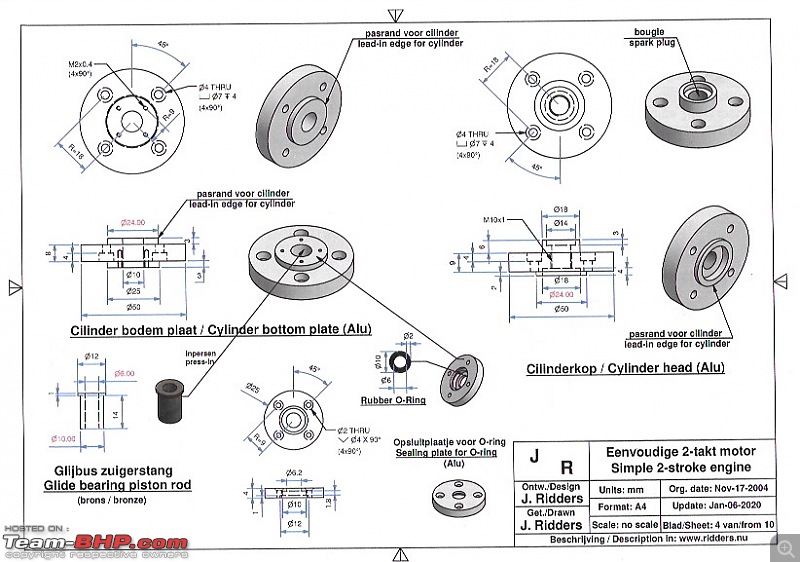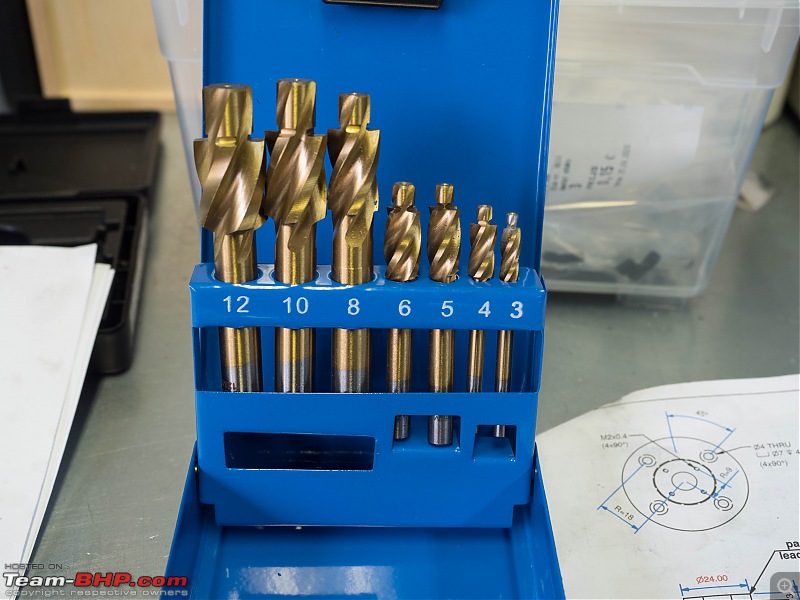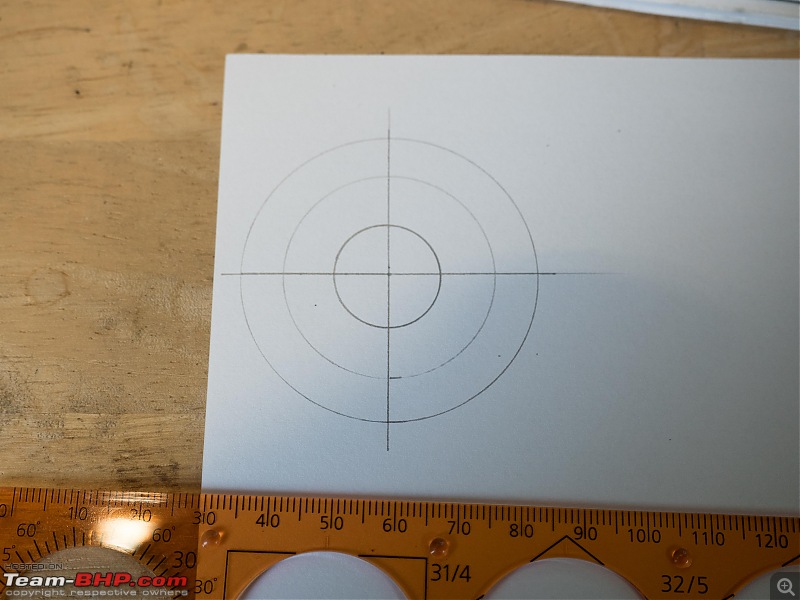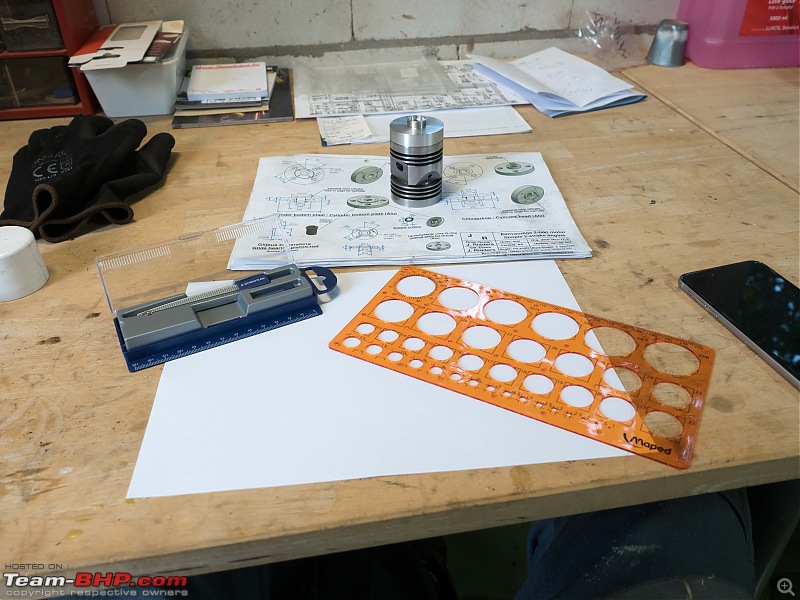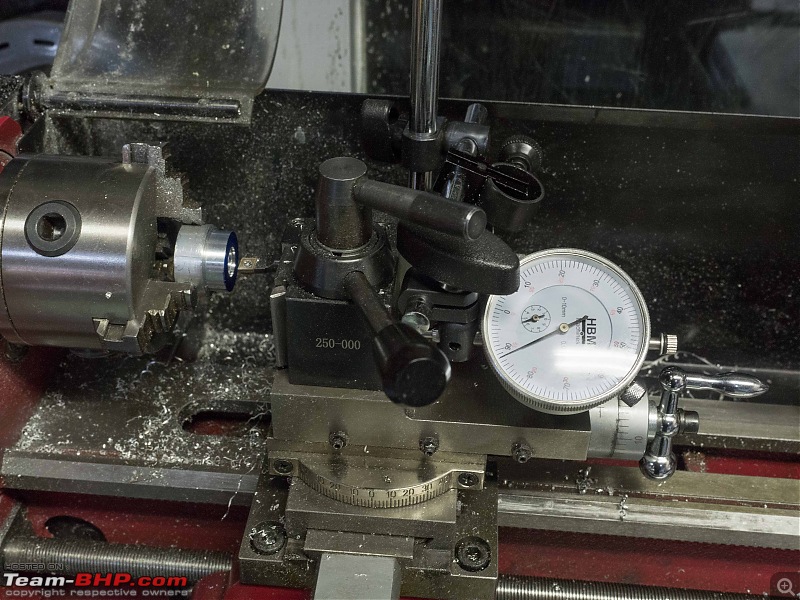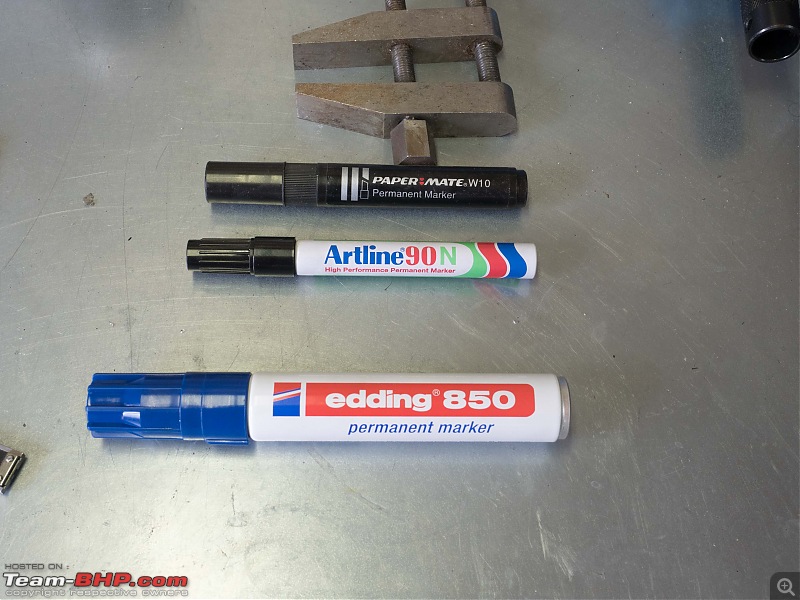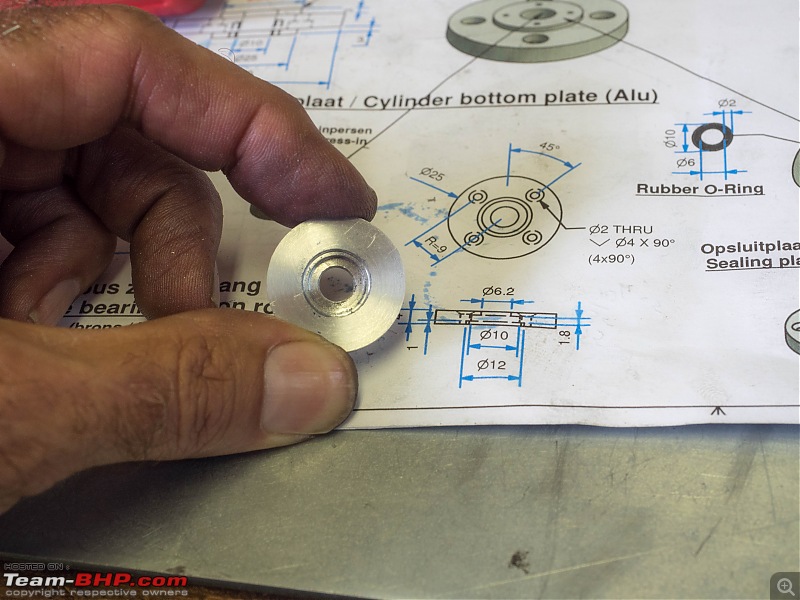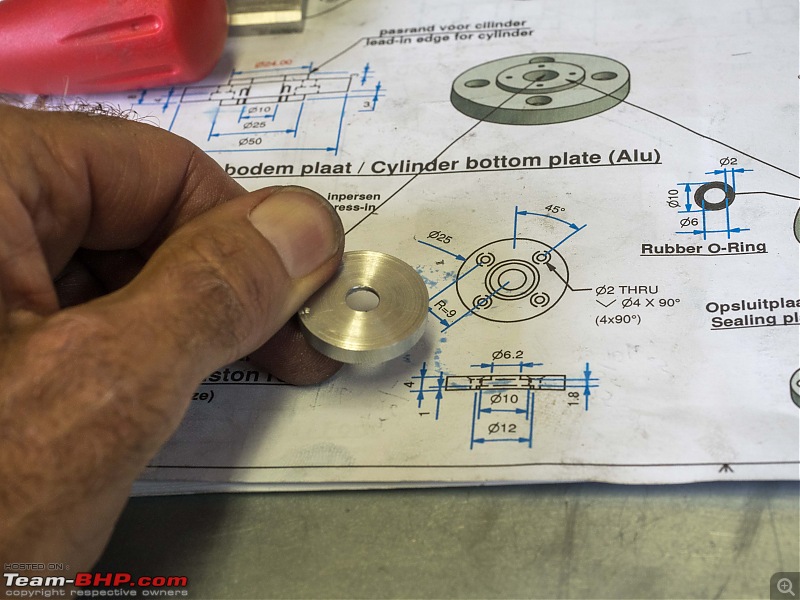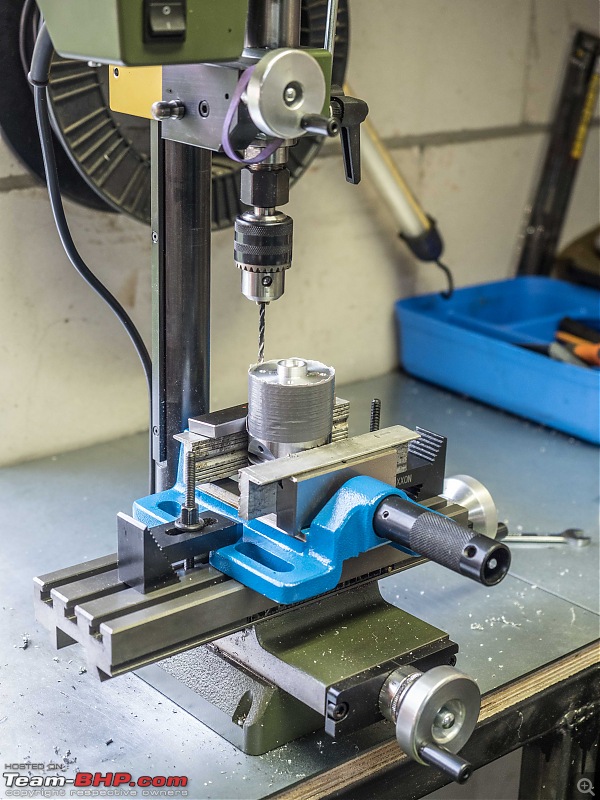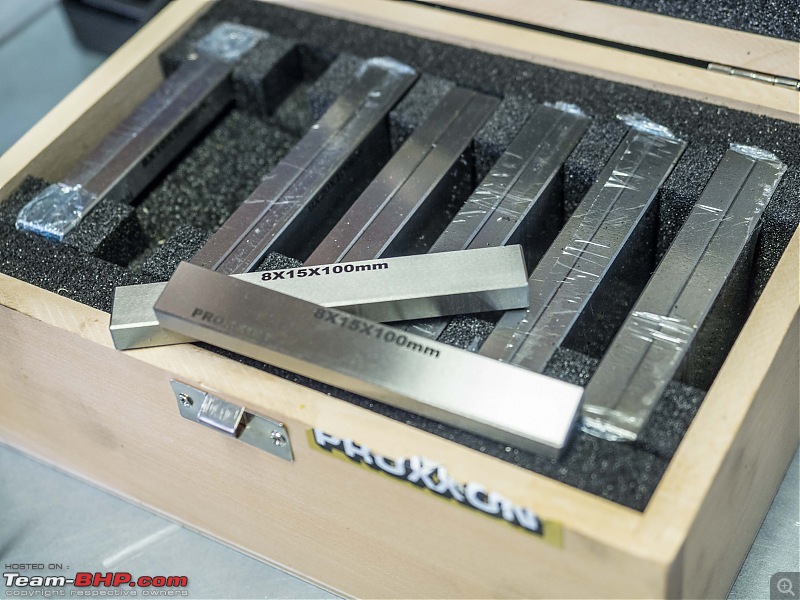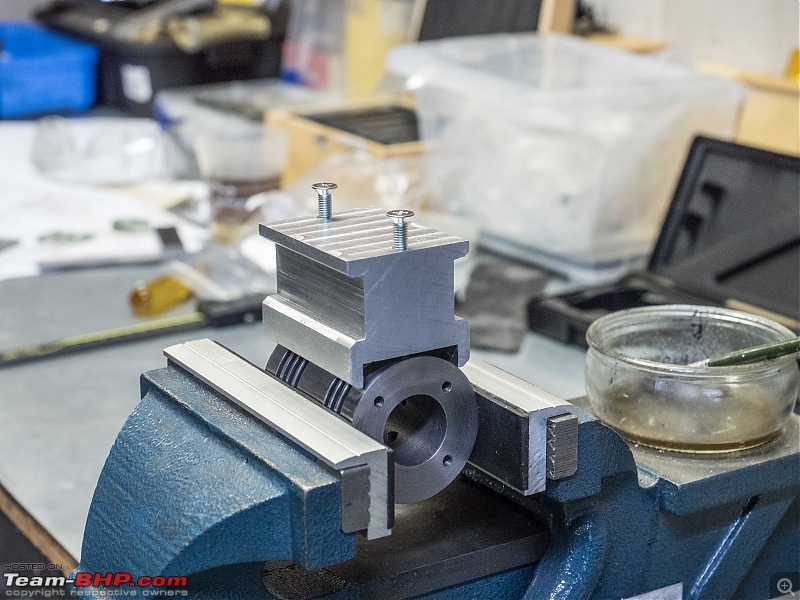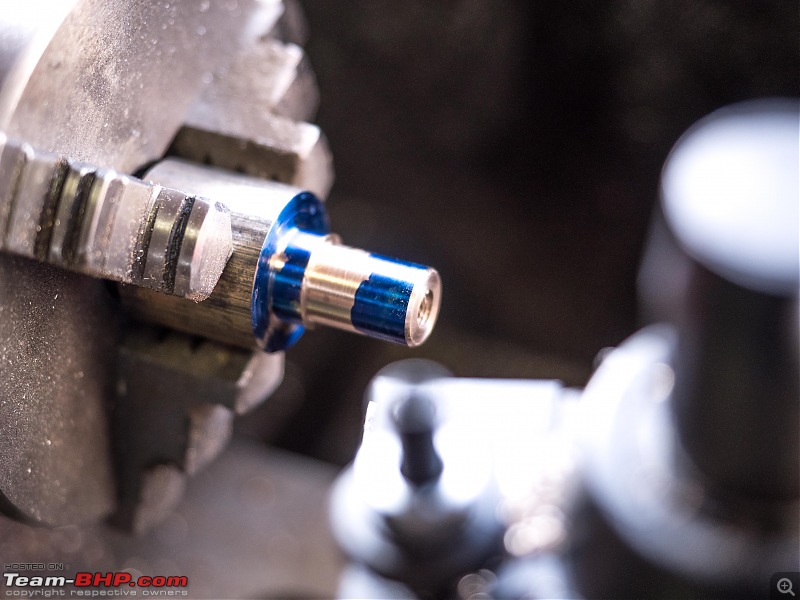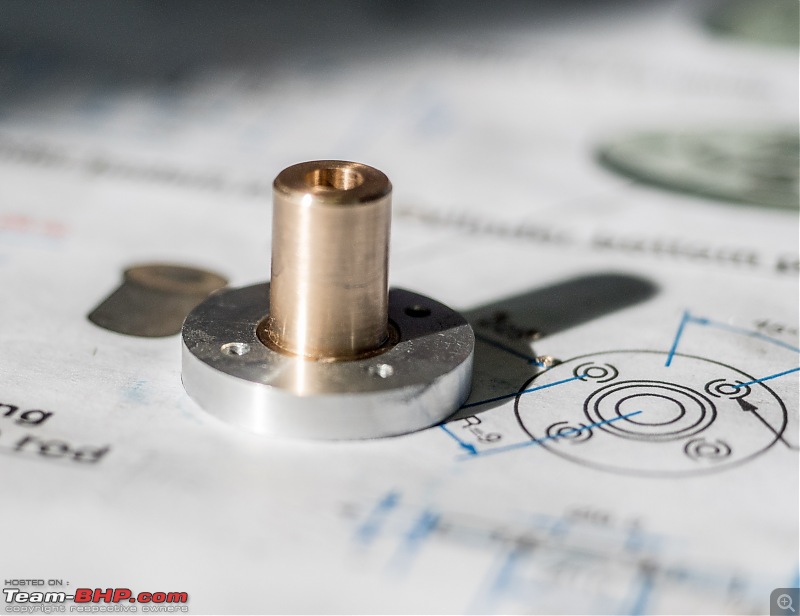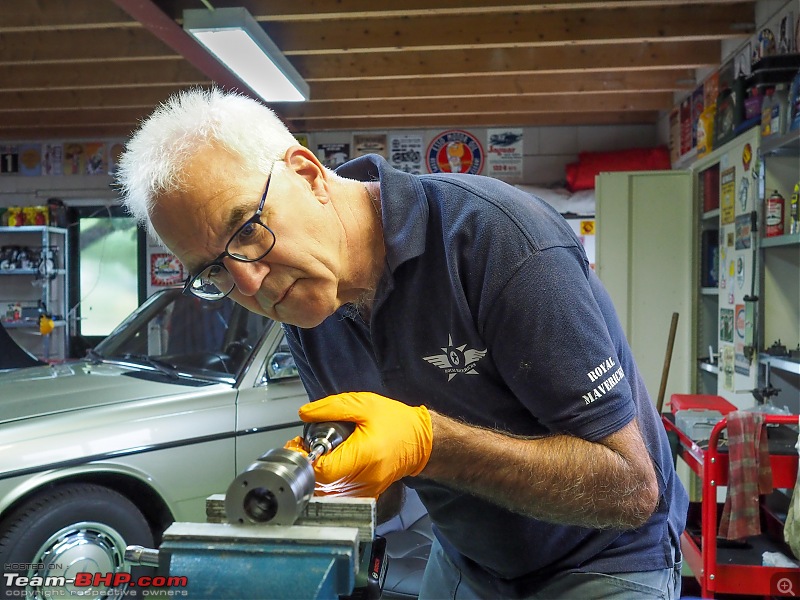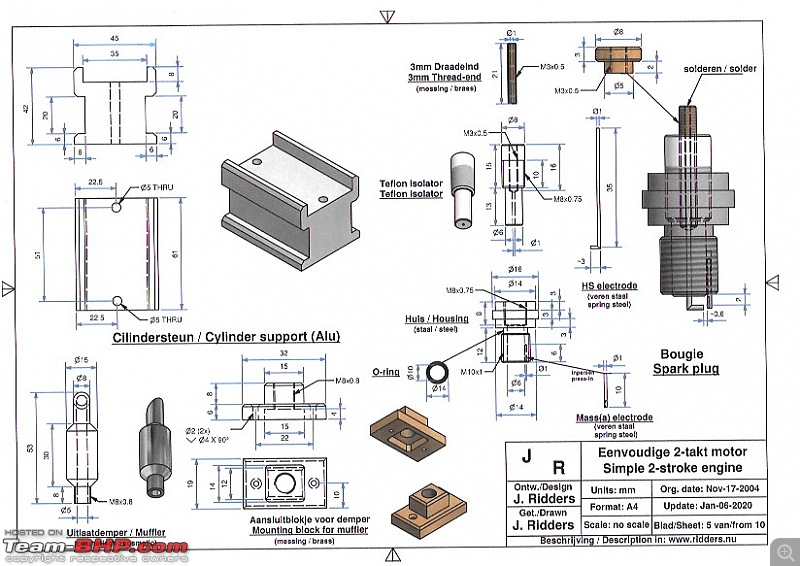| | #106 |
| Distinguished - BHPian  | |
| |
| |
| | #107 |
| Distinguished - BHPian  | |
| |  (4)
Thanks (4)
Thanks
|
| | #108 |
| Distinguished - BHPian  Join Date: Jun 2007 Location: Chennai
Posts: 10,990
Thanked: 26,379 Times
| |
| |  (2)
Thanks (2)
Thanks
|
| | #109 |
| BHPian Join Date: Jun 2020 Location: JRH
Posts: 67
Thanked: 435 Times
| |
| |  (1)
Thanks (1)
Thanks
|
| | #110 |
| Senior - BHPian Join Date: Jul 2009 Location: Calcutta
Posts: 4,668
Thanked: 6,217 Times
| |
| |  (1)
Thanks (1)
Thanks
|
| | #111 |
| Distinguished - BHPian  | |
| |  (3)
Thanks (3)
Thanks
|
| | #112 |
| Senior - BHPian Join Date: Jul 2009 Location: Calcutta
Posts: 4,668
Thanked: 6,217 Times
| |
| |  (1)
Thanks (1)
Thanks
|
| | #113 |
| Distinguished - BHPian  | |
| |  (2)
Thanks (2)
Thanks
|
| | #114 |
| Distinguished - BHPian  | |
| |  (4)
Thanks (4)
Thanks
|
| | #115 |
| Distinguished - BHPian  | |
| |  (3)
Thanks (3)
Thanks
|
| | #116 |
| Distinguished - BHPian  | |
| |  (3)
Thanks (3)
Thanks
|
| |
| | #117 |
| Team-BHP Support  Join Date: Apr 2013 Location: Madras
Posts: 7,174
Thanked: 20,219 Times
| |
| |  (2)
Thanks (2)
Thanks
|
| | #118 |
| Distinguished - BHPian  | |
| |  (2)
Thanks (2)
Thanks
|
| | #119 |
| Distinguished - BHPian  Join Date: Jun 2007 Location: Chennai
Posts: 10,990
Thanked: 26,379 Times
| |
| |
| | #120 |
| Distinguished - BHPian  | |
| |  (2)
Thanks (2)
Thanks
|
 |
Most Viewed





